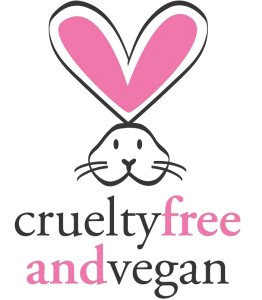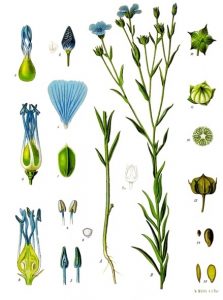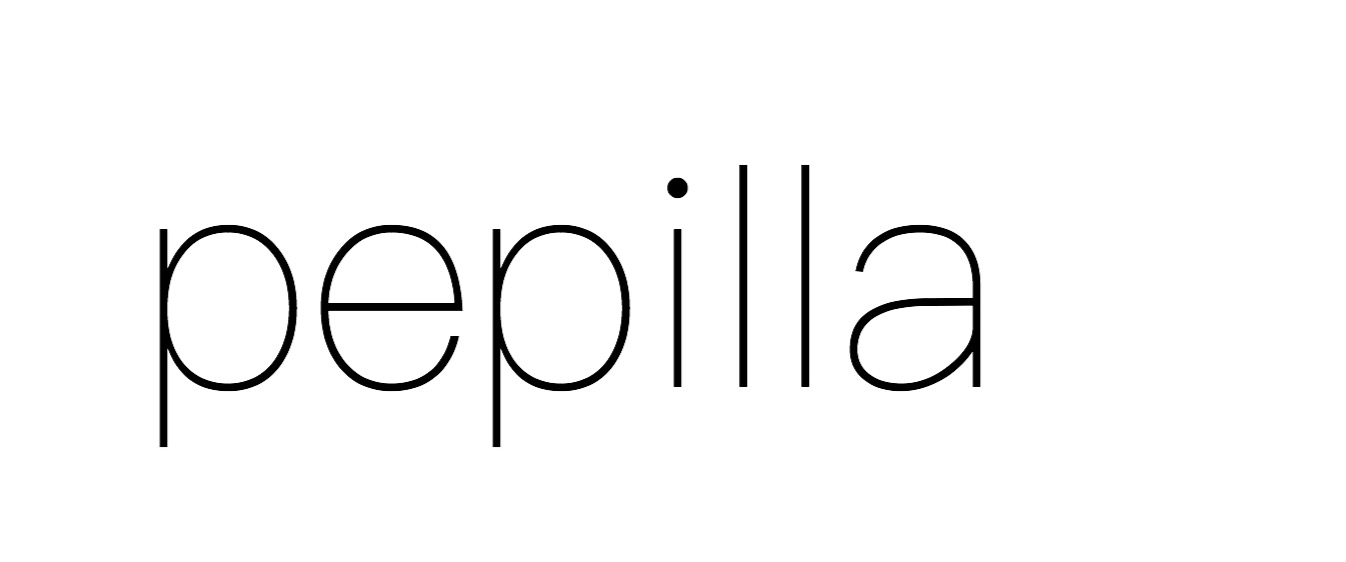It was the end of the school year, May of 2016, when I decided to go vegan. My AP Bio teacher taught a week on nutrition where she showed us videos, brought in a guest speaker and basically proselytized us.
It only lasted that summer, but I’m still completely in love and respect the idea of veganism and may fully convert to it again. But in the meantime, I can ease into it by transforming my wardrobe and style of living as much as possible.
That doesn’t only mean getting rid of materials and products that are fabricated from animal skins and soma – like silk and cashmere – but also materials that harm the environment during production, like nylon for example.
Some Pre-Edumecation
Know Your Material

There are jackets, shirts and shoes sitting in your closet right now that you didn’t know were harmful, not only to animal and environmental welfare but yourself as well. Some fabrics and materials undergo long-term chemical processing while they’re produced and manufactured in factories already emitting chemicals like methane and carbon dioxide into our planet. Animals are being used by the fashion industry for superficiality in exchange for their suffering, most often sacrificing their lives. It’s better to look for organic fabrics and plant-based fibers that are natural and benefit your skin.
Exploited Exterior
Most people are already aware of the measures taken to produce leather and fur – fabrics already considered taboo by animal rights organizations like Peta and the ASPCA – but they aren’t entirely educated on other fabrics that animals were exploited to produce.
Silk is a little too natural of a fiber for my taste, deriving from the boiled carcasses of silkworms normally found around Japan, China and Korea. Born into cozy chaos, the worms don’t make it past their pupal stages, enduring steaming and gassing while still in their cocoons. I’m sure you’re thinking, “why should I care about worms anyway?” Well, because like any other animal, the little critters actually produce endorphins and have physical reactions to pain. Although it’s difficult to give up the gentle and delicate feeling of silk pressed against your skin, you have to consider that you’re torturing an animal to wear it.

Wool and Cashmere are two very different but similar materials created from wild skin. For Chinese and Mongolian cashmere goats, the process of stripping their undercoats to produce cashmere is extremely hurtful and traumatic and it robs them of their natural insolation – leaving them vulnerable to severe illnesses and temperatures. Wool is the culprit behind abuse much more extreme, with different types ranging from shearling, shahtoosh and karakul lamb fur – which Stella McCartney once equated to “wearing a fetus” because it comes from lambs killed as newborns or in the womb. While cashmere feels nice, neither fabrics are worth the sacrifice or money it costs to manufacture, distribute and purchase them.

Fortunately, I’m allergic and have barely used feathers and down in the seventeen years of my existence. I know what it feels like and understand why it’s so popular among those who can afford it, however the process for geese and ducks is agonizing and unnecessary. After scalding the birds in hot water for up to three minutes, they scalp or pluck them with force, often leaving bleeding follicles and damaged skin with tears and bruises. Like cashmere goats, birds have a layer of down in places like their stomach to keep them warm in extreme weather. Those who aren’t sent to the slaughterhouse afterwards, live a short life of pain and discomfort without temperature insolation and protection from illnesses. Instead of down and feathers, opt for cotton which is just as flexible, comfortable and durable.
BioHazard: Toxic Fabrics
Many modern fabrics endure chemical processes that are petroleum based and involve detergents, formaldehyde, bleach, volatile organic compounds and chemical fabric softeners (aka toxins). Not only are they harmful to our bodies, but often contain heavy metals and contribute to pollution. Materials like rayon, acrylic, acetate, nylon and polyester are among the worst with side-effects like skin agitation, chemical burning and sometimes cancer. Even if they’re plant-based, always make sure you read the label (like you would with your food) to make sure no chemicals were included in production.
Plant-based fibers and fabrics most commonly used are: cotton, flax (linen), hemp, and jute.
Have You Bin Recycling?

My favorite thing while keeping my closet environmental is reusing and recycling clothes. Thrift stores, hand-me-downs, Etsy and Goodwill is soothing and therapeutic to me. Not only is it good for the soul, but for – you guessed it – the environment. Instead of buying products directly from the company, you’re purchasing it from someone who already bought it. Therefore, reducing the amount of money the company puts towards manufacturing the same cruel and toxic materials. This is especially helpful if it’s difficult for you to give up your favorite trendy leather purse or nylon jacket because at least you aren’t contributing to the direct source.
Not only are you reducing how much you purchase these materials, you’re reducing solid waste and greenhouse gases while conserving energy. Every year, 12 million tons of clothing are dumped into landfills where they take up extensive and expensive land and decompose through anaerobic digestion. This process emits dangerous greenhouse gases that escape into the atmosphere and escalate climate change.

Energy is also consumed while manufacturing a lot of organic material. Recycling reduces how much a company sells and, therefore, how much energy is used to produce it.
If you’re thinking about recycling, consider giving through Planet Aid who donates some of the clothes to developing countries where they support and sustain local businesses and other proceeds to support sustainable development projects. There are yellow drop-off bins located in 22 states, suitably next to schools, shopping malls and grocery stores.
Alternatives
Personally, I’m not a fan of wearing that much fur or leather in general but there is an affluence of alternatives available besides feaux that works wonders.
Don’t You Step On My Blue Eco-Suede Shoes
The only thing that makes it difficult for me to convert my wardrobe is sacrificing suede, one of my favorite materials to wear during the winter time especially. Eco-suede makes it possible to replace the suede in your closet without noticing it isn’t there. Composed of post-industrial and post-consumer plastic waste (recycled garbage and plastic bottles), the fabric is given a finish that feels so much like suede, you can’t tell the difference.
Power Plants
Besides eco-suede and feaux furs and leathers, there are many plant-based and benign materials that you can use to replace the skins and non-renewable fabrics in your closet.
 Cotton is my go-to favorite vegan fabric, occupying a large sum of material in my wardrobe. It’s durable, flexible, hypoallergenic, sustainable, renewable, biodegradable and has many advantages, such as insolation and moisture control. Cotton can be knitted or woven into different kinds of fabrics like jersey, flannel, velvet and my personal favorite, corduroy. It serves as a multi-purposeful alternative for animal-derived material available virtually anywhere, including your local Goodwill or Salvation Army.
Cotton is my go-to favorite vegan fabric, occupying a large sum of material in my wardrobe. It’s durable, flexible, hypoallergenic, sustainable, renewable, biodegradable and has many advantages, such as insolation and moisture control. Cotton can be knitted or woven into different kinds of fabrics like jersey, flannel, velvet and my personal favorite, corduroy. It serves as a multi-purposeful alternative for animal-derived material available virtually anywhere, including your local Goodwill or Salvation Army.
Another thing I learned during my two month experimentation with veganism was that seeds are your best friend; not only in your diet but in your wardrobe too. Seeds like hemp and flax (linen) are easy on the environment (farming is renewable, non-GMO and requires little water), UV and mold resistant, lightweight and still three-times the strength of most other fabrics. Two of my closet staples are made from plants including a breezy hoodie made of hemp seeds and my favorite red linen pants.
A Brand New You
If you still aren’t convinced into conversion, maybe consider ethical, inexpensive and renewable brands like Pact and Unicorn Goods. The inexpensive ones are harder to find, but fulfilling when you finally wear them. And while some other brands – Dolores Haze and Everlane – maximize their prices, they do a great job at minimizing their impact on the environment.
Bottom Line
There you have it. If you kinda want to go vegan but don’t want to give up sushi and cheese (not yet anyway) this is one way to be environmentally conscious — use your closet. You will feel better. And so will the silkworms and cashmere goats.



